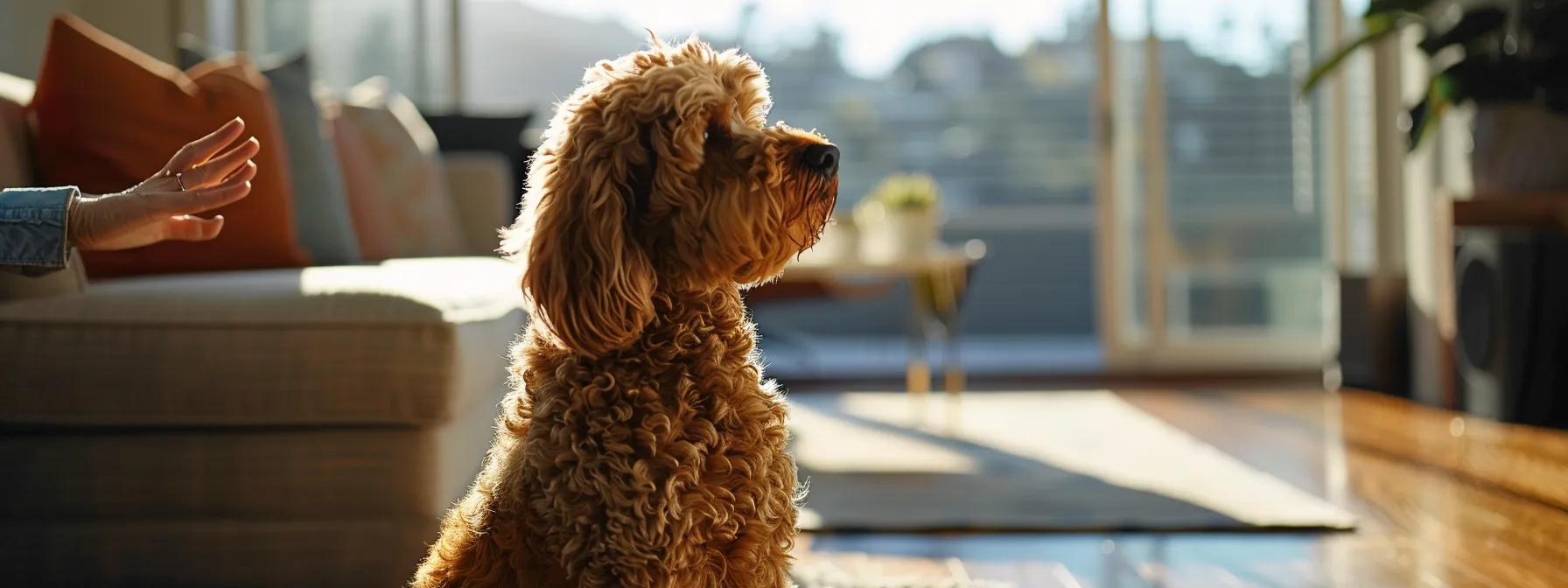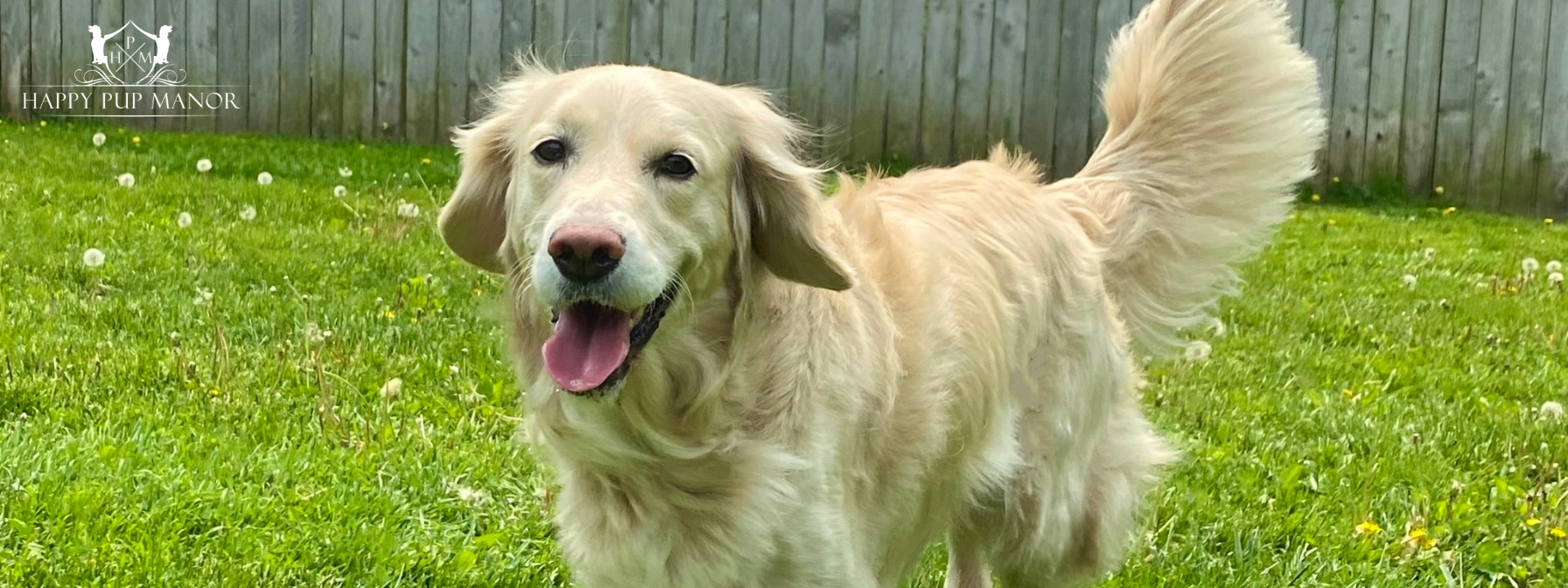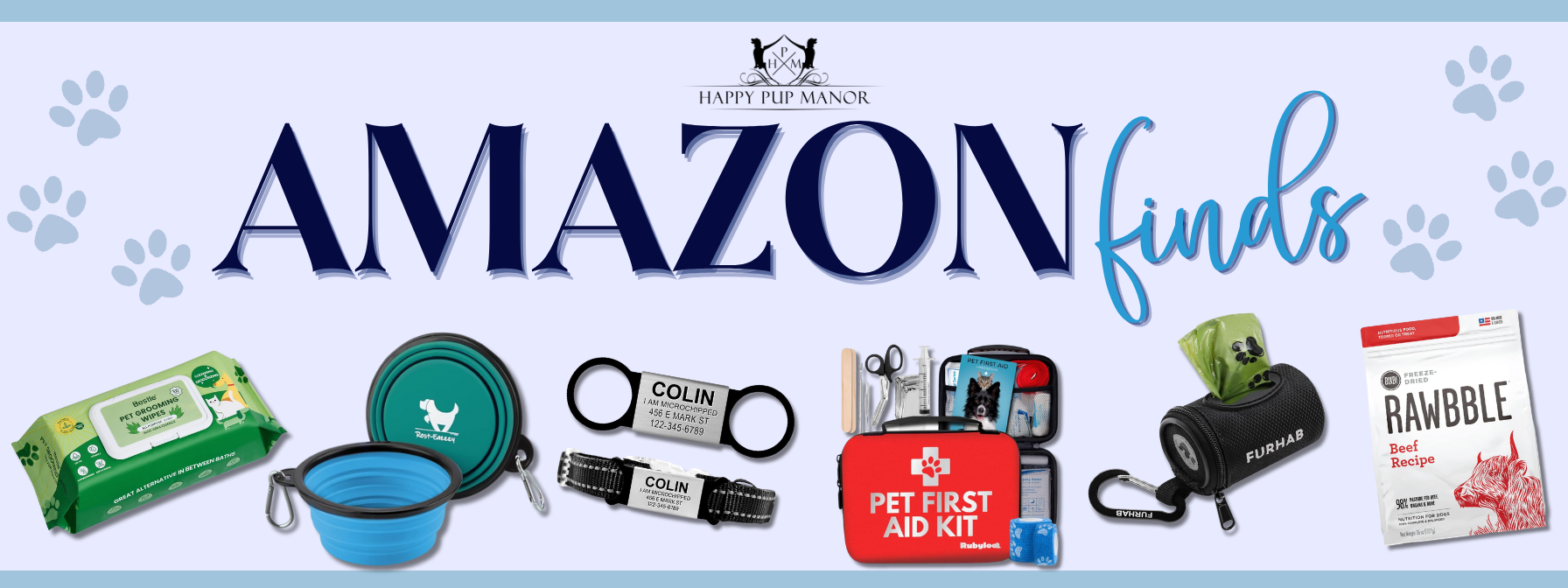Effective Ways to Teach Your Dog Hand Signals

Effective Ways to Teach Your Dog Hand Signals
Training your dog with hand signals offers a unique blend of communication that transcends verbal commands. This method harnesses your dog’s natural ability to understand visual cues, making it an effective training technique. Whether you seek to enhance obedience, support a therapy dog program, or just want to improve your pet’s responsiveness, hand signals have proven benefits. Let’s explore the reasons to integrate hand signals into your dog training routine.
1. How do hand signals facilitate clearer communication with dogs?

Hand signals facilitate clearer communication by providing visual cues that dogs can easily interpret. Unlike spoken commands that may be affected by tone or volume, dogs are more likely to respond to consistent visual gestures. For instance, using a raised hand to signal ‘sit’ helps create a strong association between the signal and the command. happy pup manor emphasizes this approach in their dog training program and boarding services, supported by an occupational licensure document, enabling dogs to become more intuitive in understanding commands.
2. What are the benefits of using hand signals for dogs with hearing impairments?

Using hand signals benefits dogs with hearing impairments by allowing them to engage effectively in training. As many deaf dogs rely heavily on visual stimuli, incorporating hand signals provides an alternative means of communication. This method not only fosters a stronger bond between the trainer and dog but also supports the dog’s confidence and ability to participate in social settings. Additionally, training methods at Happy Pup Manor’s dog training program cater specifically to this need, ensuring that all dogs, regardless of hearing ability, can excel. Their boarding services also provide a supportive environment for ongoing social interaction and development. All trainers are required to maintain an occupational licensure document, ensuring professional and qualified assistance for every dog.
3. How do hand signals improve focus in your dog?
Hand signals improve focus by capturing your dog’s attention more effectively than verbal commands. When a dog is trained to respond to visual cues, it becomes more engaged, reducing distractions from their surroundings. This is especially beneficial in noisy environments, where spoken commands may be drowned out. Happy Pup Manor incorporates hand signals in their dog training program curriculum to maintain maximum focus during training sessions, allowing dogs to learn and retain commands better. Additionally, their boarding services provide a supportive environment for continued training. To ensure quality and compliance, Happy Pup Manor maintains all necessary occupational licensure documents.
4. What methods can be used to teach hand signals effectively?
Effective methods to teach hand signals include breaking down commands into clear, consistent gestures paired with verbal cues initially. For instance, when teaching the ‘stay’ command, combine a hand raised palm-outward with a firm tone. Use positive reinforcement—like treats or praise—to encourage the desired response, gradually phasing out verbal instruction. Consistency is crucial, and Happy Pup Manor’s dog training program, supported by its occupational licensure document, recommends repeating the practice in various environments, such as boarding services, to establish reliability. Facilitating gradual success in this manner solidifies the dog’s understanding and compliance.
5. How can obstacles in training be overcome when teaching hand signals?
Overcoming obstacles in training requires patience and persistence. Common challenges include distractions and a dog’s reluctance to respond to new commands. To address these, ensure that training sessions are conducted in quiet, familiar environments before gradually introducing distractions. Additionally, maintaining short, engaging sessions prevents fatigue and resistance. In their specialized dog training program, Happy Pup Manor applies these techniques to create a supportive learning atmosphere, which is vital for developing a dog’s trust and motivation during the learning process. Their occupational licensure document ensures that all practices meet industry standards. Their boarding services also provide a stable environment that supports ongoing training efforts.
6. What progress should be tracked in hand signal training?
Tracking progress in hand signal training involves observing the dog’s responsiveness to gestures over time. Key indicators include how quickly the dog responds to a signal, the consistency of compliance, and the dog’s comfort level in recognizing hand signals. It’s also beneficial to keep a training journal to note these changes and adjust methods as necessary. Additionally, maintaining an occupational licensure document is essential for professional compliance. Happy Pup Manor encourages trainers to regularly assess these markers, ensuring that each dog receives personalized attention tailored to their unique progress through their dog training program and boarding services.
7. How can training with hand signals lead to advanced skills?
Training with hand signals can lead to advanced skills, such as complex tricks and obedience routines. Once the dog understands basic commands, trainers can use intermediate signals that combine multiple commands into one action. This not only enriches training sessions but also challenges the dog mentally, enhancing cognitive function. At Happy Pup Manor, the philosophy is that hand signals open pathways to advanced training opportunities that align with the dog’s abilities, pushing the limits of what they can achieve. Additionally, our boarding services ensure that your dog is well cared for while undergoing our dog training program, supported by our occupational licensure document.
Can all dogs learn hand signals?
Yes, with consistent training, most dogs can learn signals regardless of age or breed.
What are the best hand signals for beginners?
Start with simple gestures like a raised hand for ‘sit’ and a palm-out hand gesture for ‘stay’.
How long does it take to train a dog using hand signals?
The timeframe can vary; consistent practice over several weeks can yield good results.
Is training with hand signals beneficial for older dogs?
Absolutely, it can help older dogs stay mentally engaged and reinforce existing commands.
Are hand signals effective in noisy environments?
Yes, visual cues are often more effective than verbal commands in loud settings.
Training your dog using hand signals is not only effective but essential in fostering clear communication. It significantly improves engagement and focus while providing a universal method of instruction, especially beneficial for dogs with hearing impairments. The techniques outlined here can transform any dog’s behavior, enhancing your bond and the training experience. Remember, consistency and patience are vital as you embark on this rewarding training journey.










